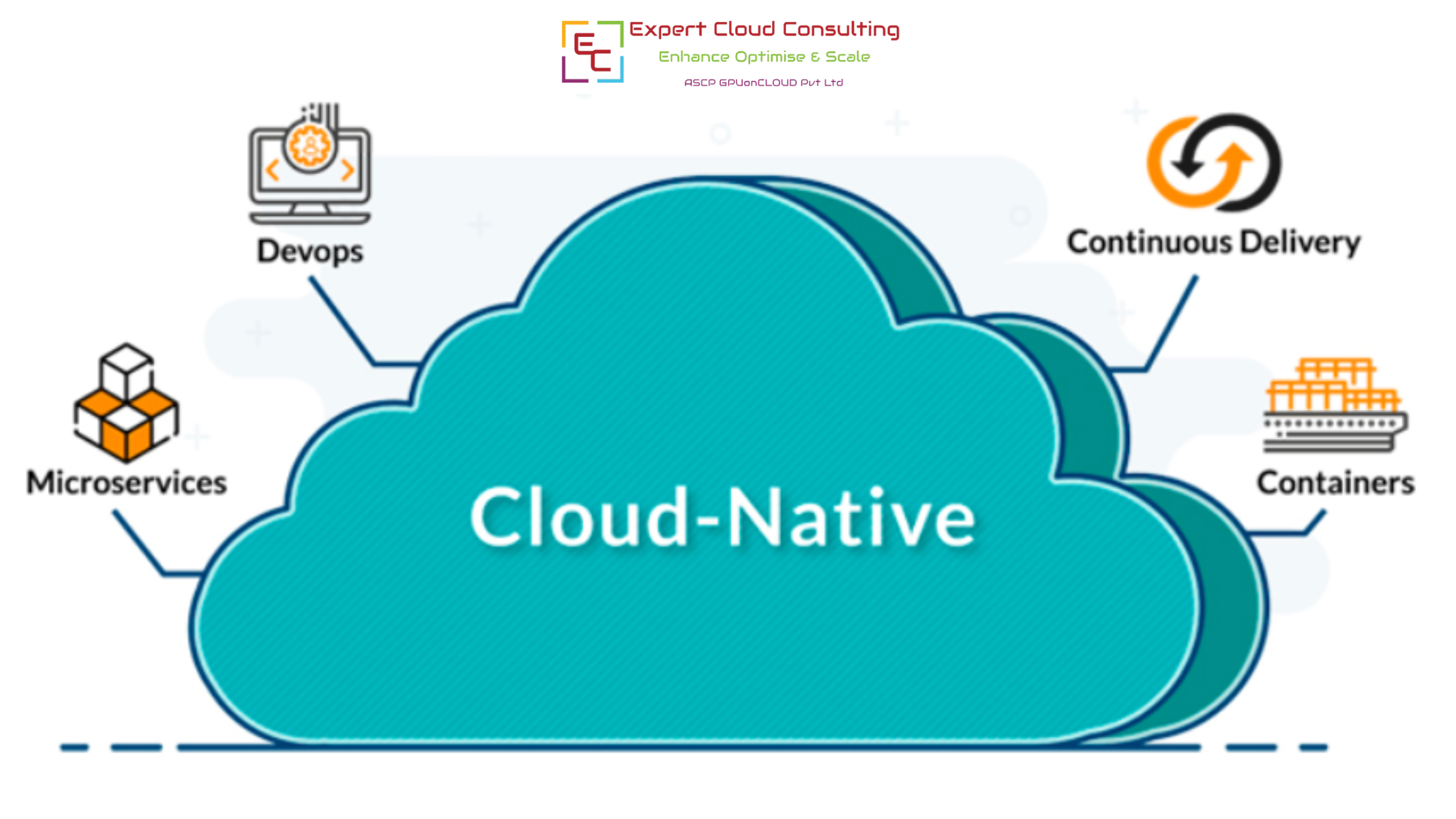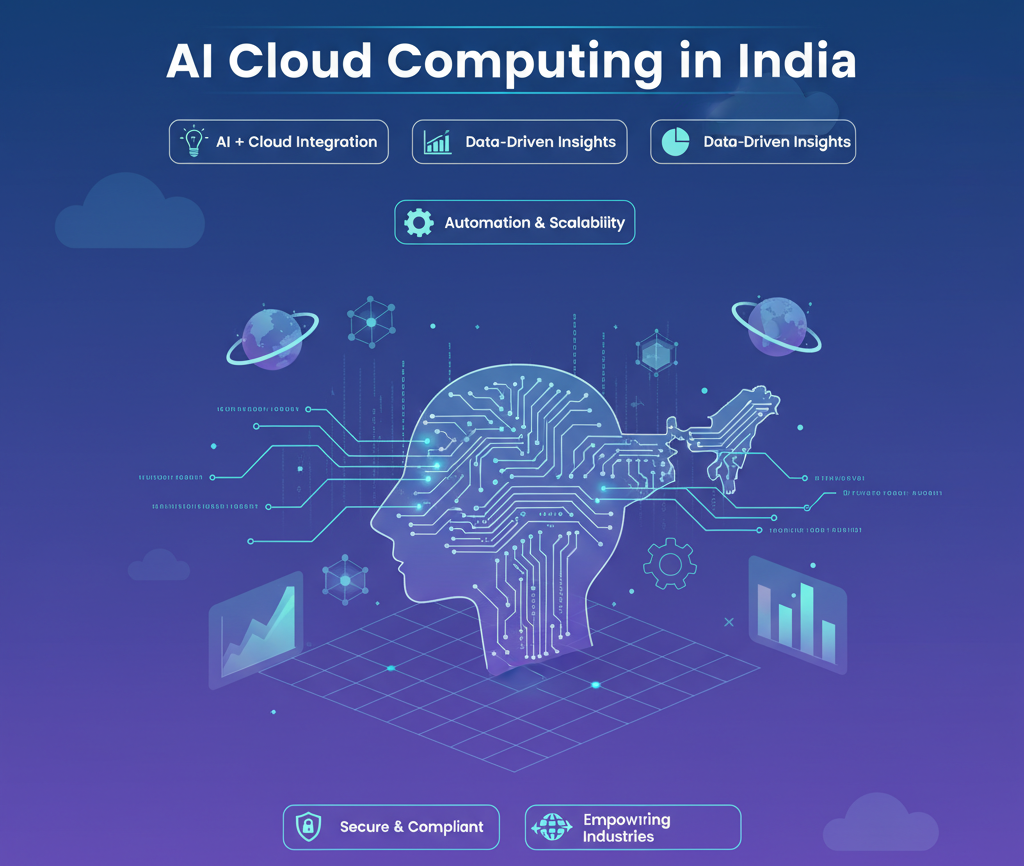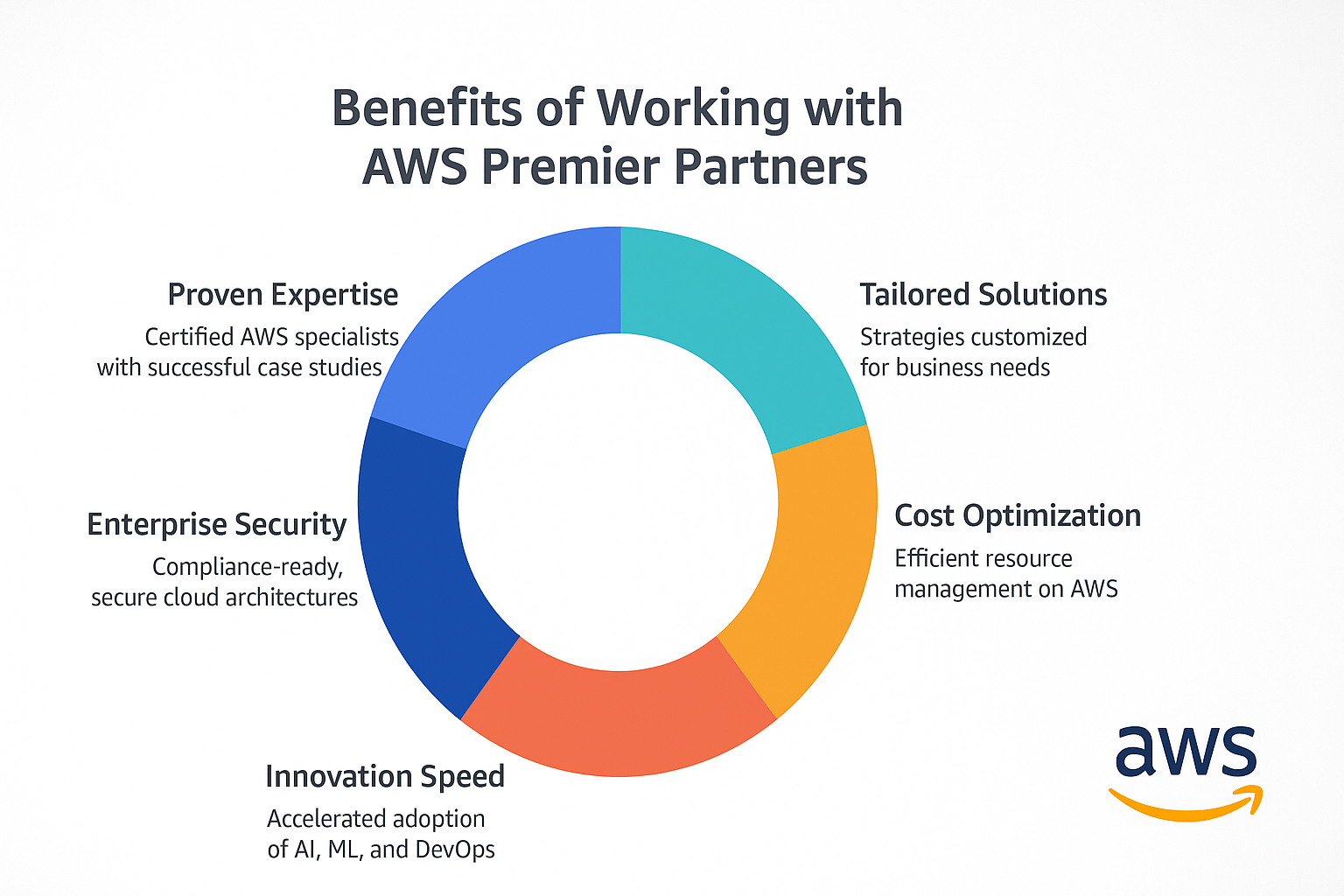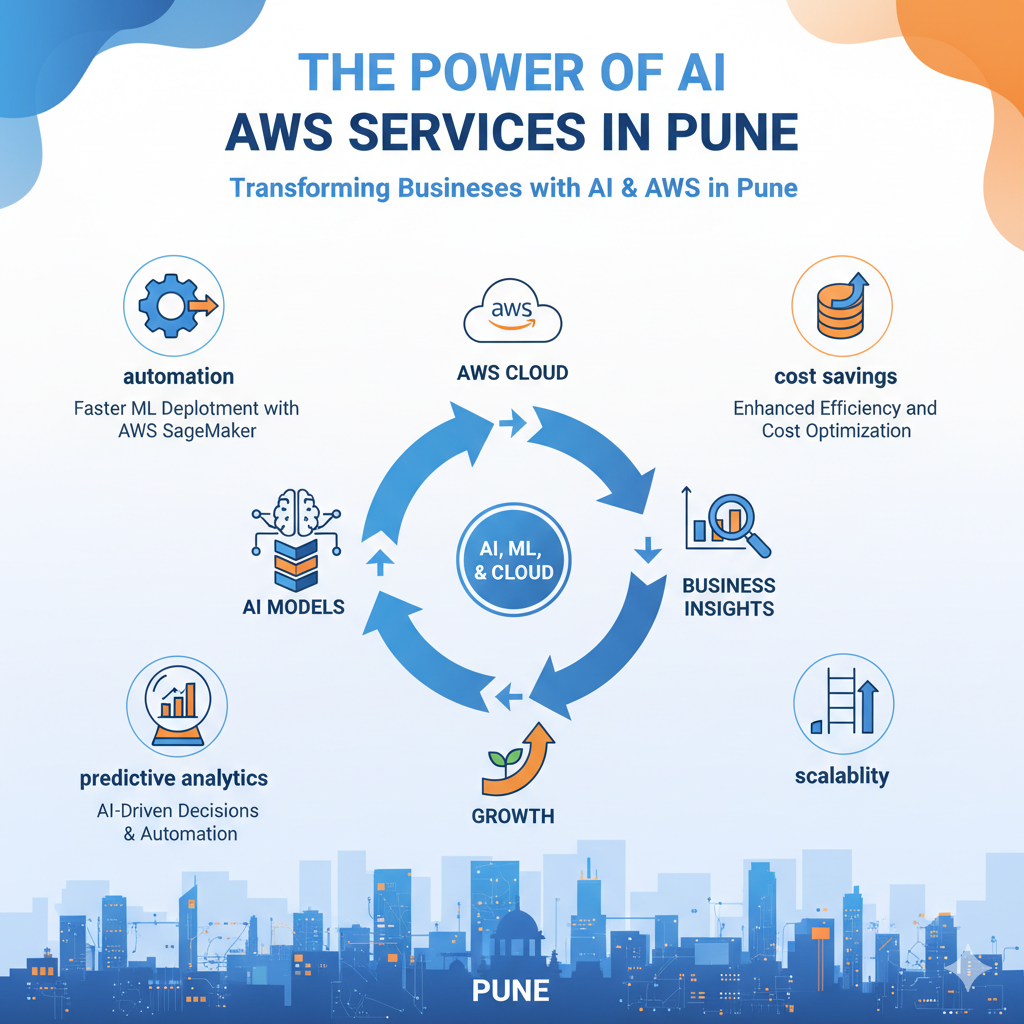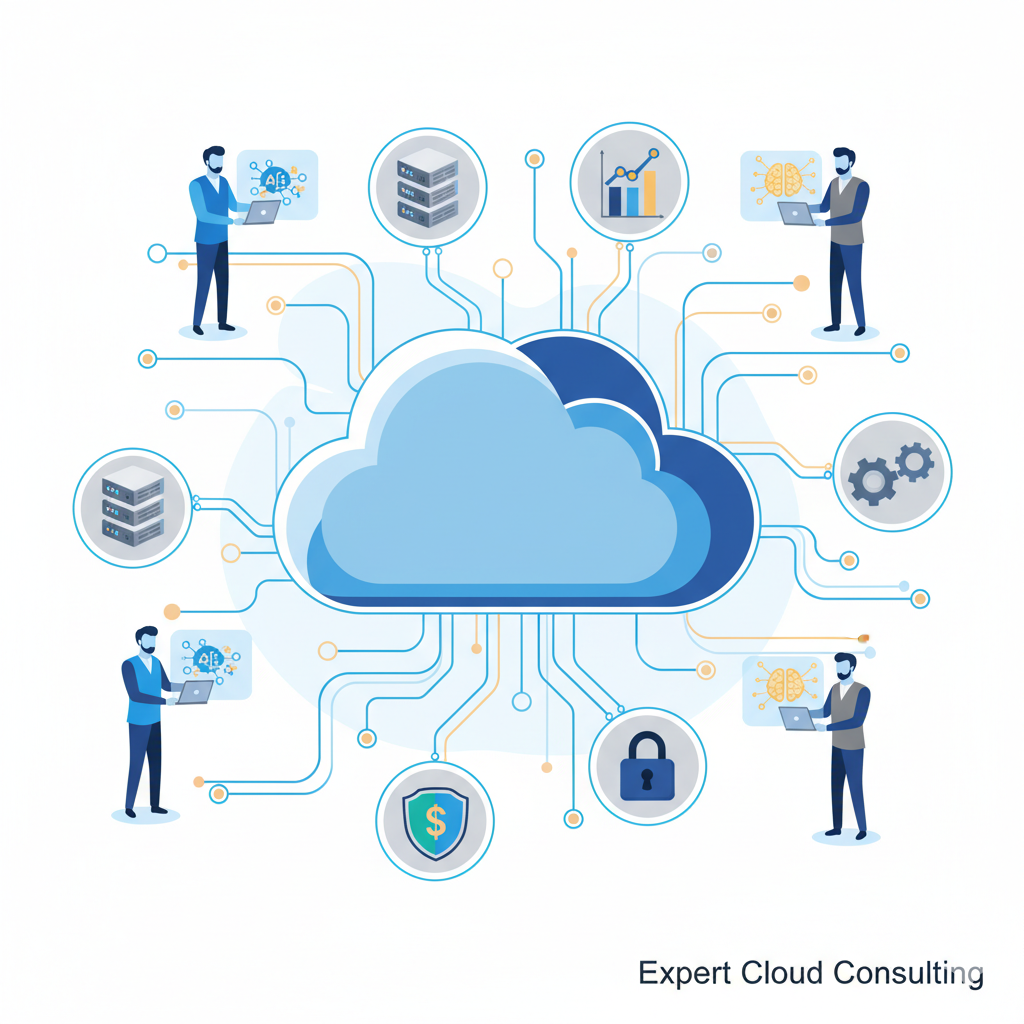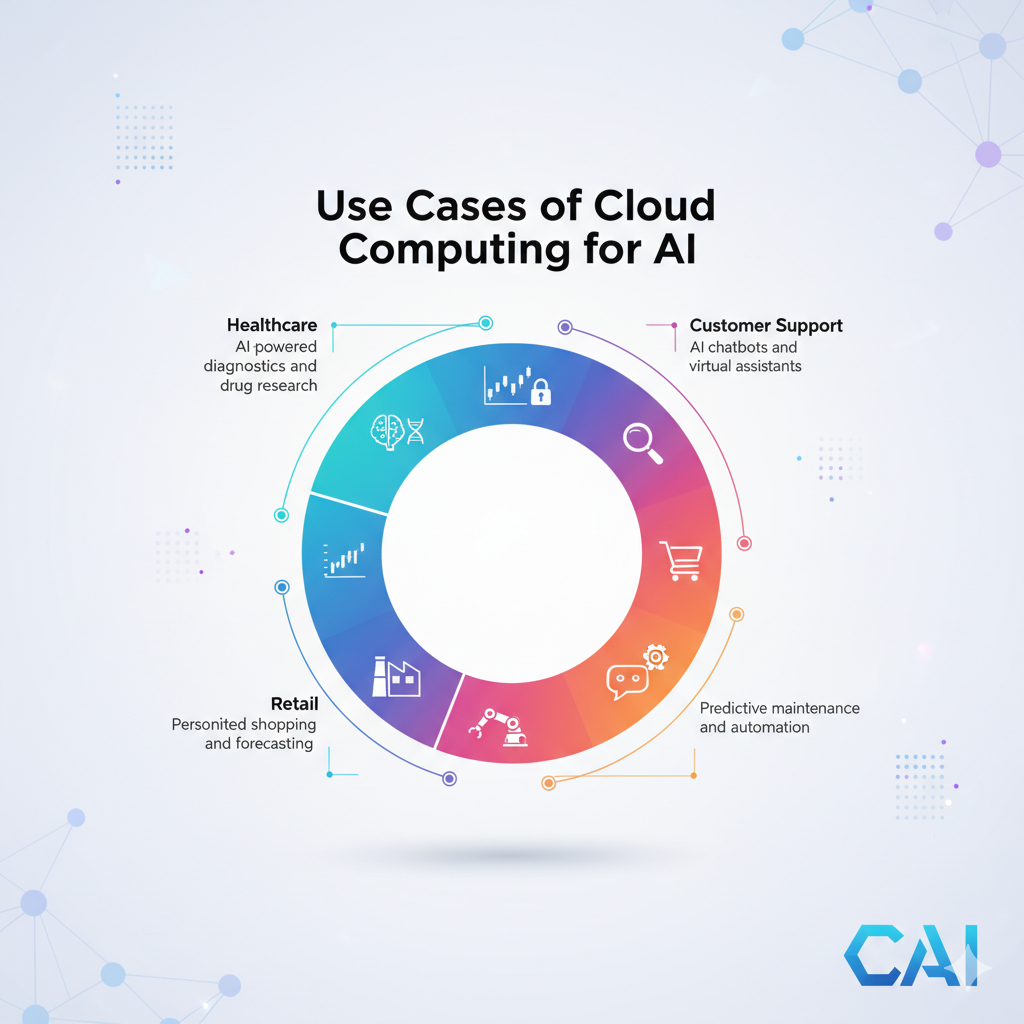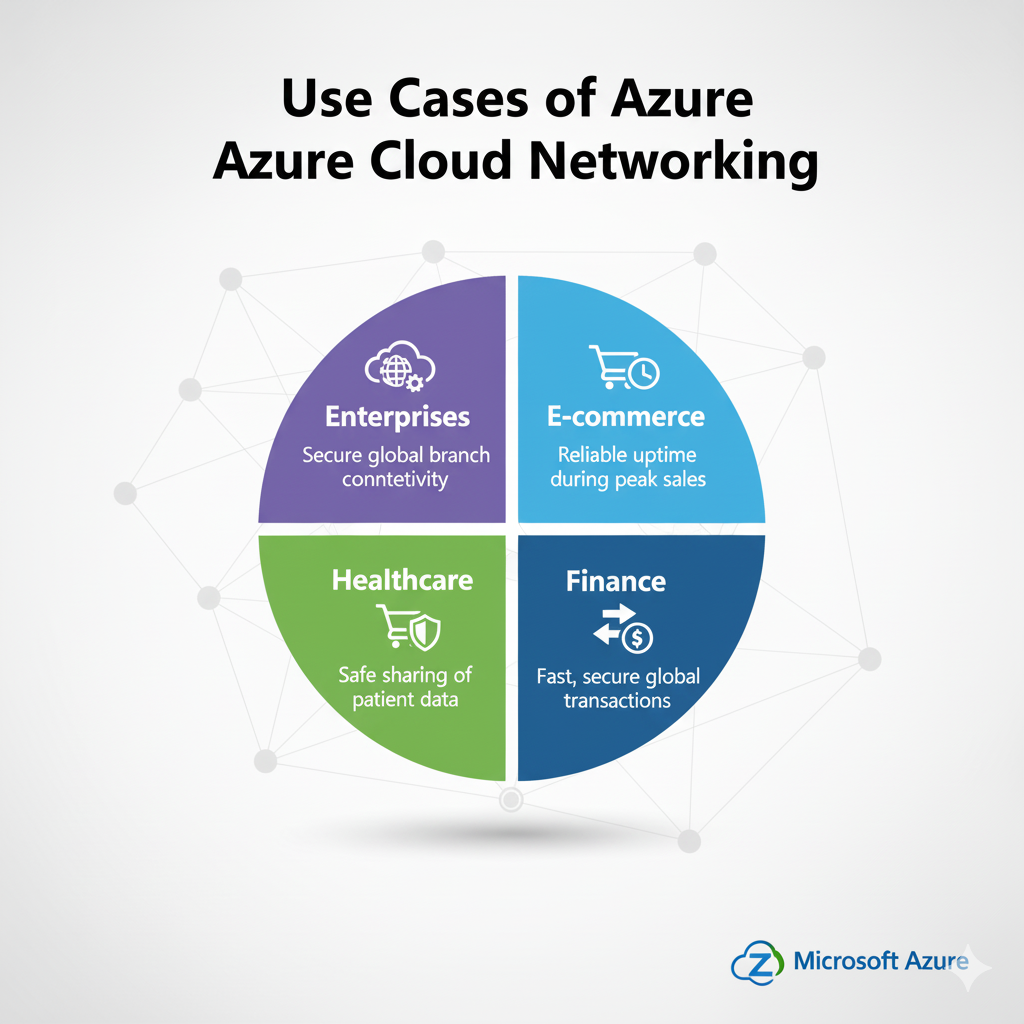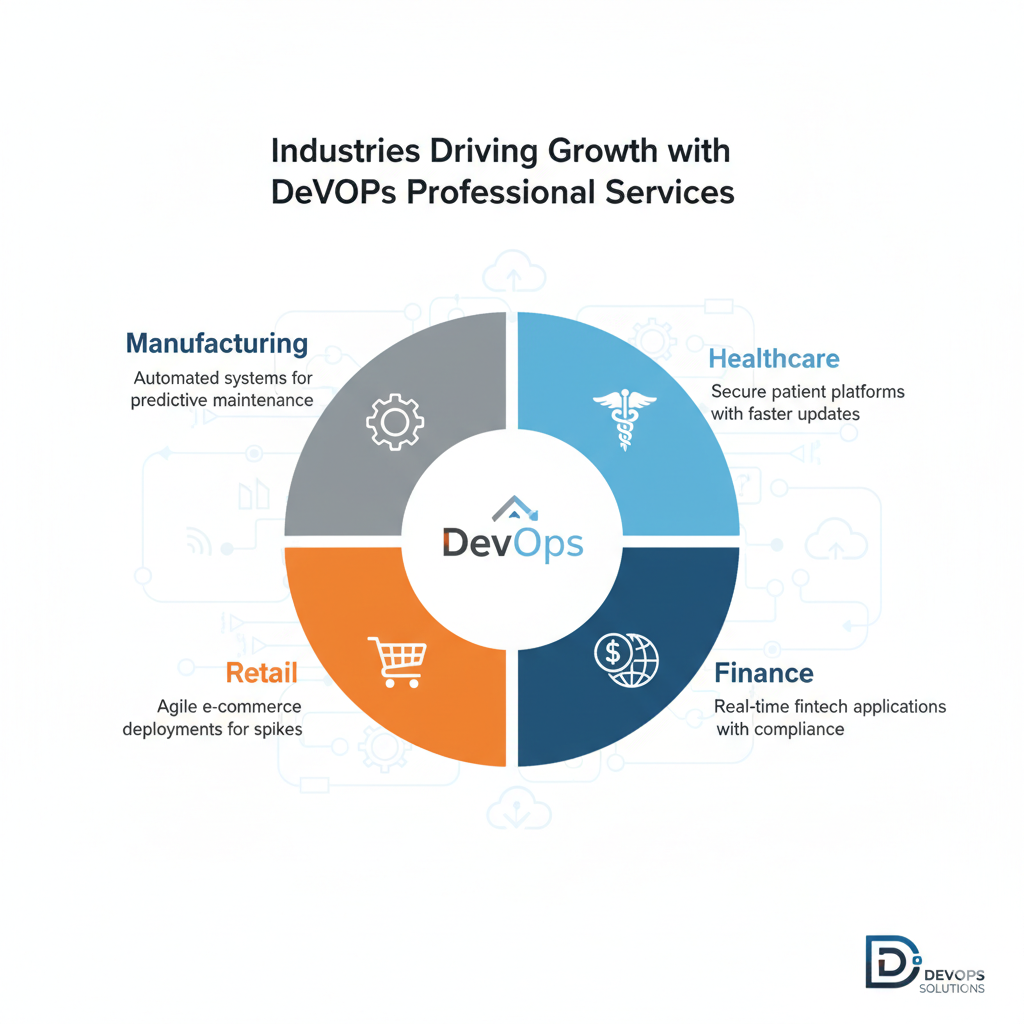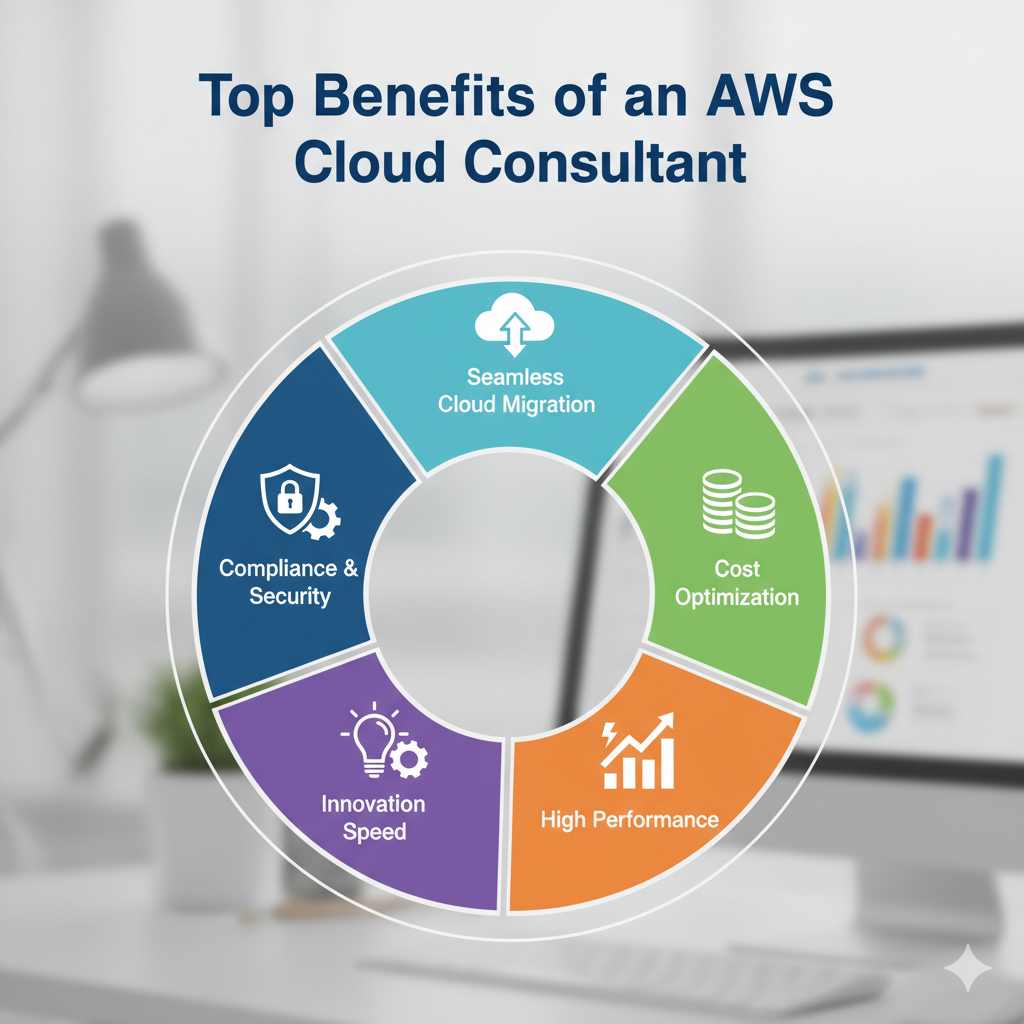Introduction
In today's fast-paced digital landscape, businesses are constantly seeking ways to stay agile and competitive. Enter cloud-native technology, a game-changing approach that has revolutionized the way we build, deploy, and manage software applications. In this blog, we'll delve into the world of cloud-native technology, exploring its benefits, key components, and why it's become the go-to solution for modern enterprises. Join us on this cloud-native journey! ☁️🚀
#CloudNative #Technology #Innovation
The Evolution of Cloud-Native Technology
🌱 Cloud-native technology has evolved in response to the growing demand for scalable, flexible, and resilient software solutions. It embraces the cloud, and by doing so, it transforms the way applications are developed, delivered, and maintained.
The Core Concepts of Cloud-Native Technology
🌐 Cloud Services: Cloud-native technology embraces cloud infrastructure and services provided by major cloud providers like AWS, Azure, Google Cloud, and others. This means that applications are designed with the cloud in mind, utilizing the cloud provider's services for computing, storage, and networking. Cloud services provide several advantages, including scalability, flexibility, and the ability to quickly adapt to changing workloads.
📦 Containers: Containers are a fundamental building block of cloud-native technology. Containers, such as Docker, package an application and its dependencies into a single, lightweight unit. This ensures that the application runs consistently across different environments, from development to production. Containers are highly portable and can be easily moved between cloud providers or on-premises environments.
🛠️ Microservices: Microservices break down monolithic applications into smaller, independent services. Each microservice is responsible for a specific function or feature. This approach promotes modularity and flexibility in development, allowing teams to work on individual microservices without affecting the entire application. Microservices communicate with each other through APIs (Application Programming Interfaces).
🤝 DevOps Practices: DevOps is a set of practices that emphasize collaboration between development (Dev) and operations (Ops) teams. In a cloud-native context, DevOps principles are essential for streamlining development and deployment processes. Automation, continuous integration (CI), and continuous deployment (CD) pipelines are key components of DevOps practices. This results in faster and more reliable releases, allowing development teams to respond rapidly to changing requirements and issues.
☁️ Serverless Computing: Serverless computing, sometimes referred to as Function-as-a-Service (FaaS), abstracts away infrastructure management. With serverless platforms like AWS Lambda or Azure Functions, developers focus solely on writing code to implement specific functions. The cloud provider handles server provisioning, scaling, and maintenance automatically. Serverless computing is highly cost-effective and promotes agility.
Benefits of Cloud-Native Technology:
🌟 Scalability: Applications can automatically scale to handle varying workloads.
🌟 Resilience: Fault tolerance and self-healing capabilities improve application reliability.
🌟 Efficiency: Containerized microservices reduce resource consumption and enable cost savings.
🌟 Speed: Accelerated development and deployment cycles lead to quicker time-to-market.
🌟 Flexibility: Developers can choose the best tools and languages for their tasks.
Real-World Applications
🏢 Enterprises: Large organizations use cloud-native technology to build and deploy complex applications efficiently, enhancing their competitiveness.
🚀 Startups: Cloud-native technology allows startups to rapidly develop and scale their applications without significant infrastructure costs.
🌐 Web Applications: Many web applications, including social media, e-commerce, and streaming services, rely on cloud-native technology to ensure high availability and performance.
The Future of Cloud-Native Technology
🔮 As cloud-native technology continues to evolve, we can expect even greater innovations, improved tools, and increased adoption across industries. The future of software development and deployment is undoubtedly cloud-native.
Conclusion
Cloud-native technology is more than just a buzzword; it's a paradigm shift that empowers businesses to thrive in the digital age. By embracing containerization, microservices, and DevOps practices, organizations can unlock the full potential of the cloud. As the technology landscape continues to evolve, staying cloud-native is the key to staying competitive and agile in a rapidly changing world. ☁️🚀
#CloudNative #CloudTechnology #Innovation #EmbraceTheCloud#TechExplained #Innovation


